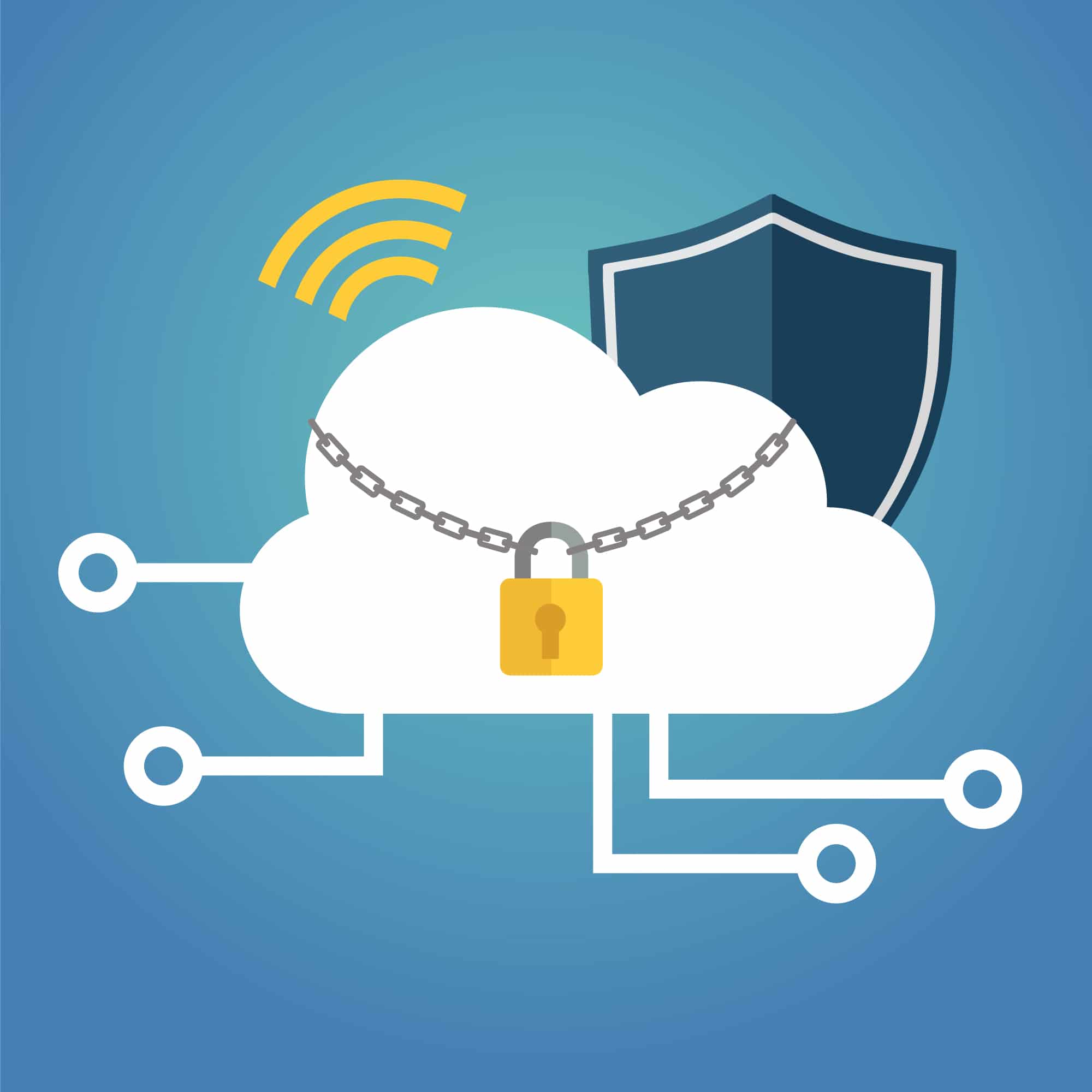Cloud Security
What is Cloud Security?
Cloud security refers to the practices, technologies, and strategies employed to protect data, applications, services, and infrastructure within cloud computing environments. Cloud security aims to ensure the confidentiality, integrity, availability, and privacy of resources and information stored, processed, or accessed in the cloud.
Cloud computing offers numerous benefits, including scalability, flexibility, and cost-efficiency. However, it also introduces unique security challenges due to the distributed nature of resources, shared infrastructure, and potential exposure to the internet. Cloud security addresses these challenges by implementing a combination of technical controls, policies, and best practices.
Key aspects of cloud security include:
1. Data Protection: Ensuring that sensitive data stored in the cloud is encrypted both in transit and at rest to prevent unauthorized access or exposure.
2. Access Control: Implementing proper authentication and authorization mechanisms to control who can access resources and data within the cloud environment.
3. Identity and Access Management (IAM): Managing user identities, roles, and permissions to control access to cloud services and resources.
4. Vulnerability Management: Regularly scanning and assessing cloud resources for vulnerabilities, and promptly applying patches and updates to mitigate risks.
5. Network Security: Implementing firewalls, intrusion detection systems, and other network security measures to protect cloud infrastructure from unauthorized access and attacks.
6. Configuration Management: Ensuring that cloud resources are configured securely, adhering to industry best practices and security standards.
7. Incident Response: Having a well-defined plan to respond to security incidents, including data breaches, and minimizing the impact on cloud services and users.
8. Logging and Monitoring: Collecting and analyzing logs and security events to detect and respond to potential threats and anomalies.
9. Multi-tenancy Isolation: Ensuring that resources of different customers (tenants) are isolated and protected from each other in a multi-tenant cloud environment.
10. Compliance: Adhering to regulatory requirements and industry standards to maintain legal and regulatory compliance within the cloud environment.
11. Business Continuity and Disaster Recovery: Implementing strategies to ensure availability of cloud services in the event of disruptions or disasters.
12. Cloud Provider Security: Understanding the shared responsibility model, where cloud providers and customers share responsibility for various aspects of security. Customers are responsible for securing their applications and data within the cloud environment.
Cloud security is an ongoing effort that requires collaboration between cloud service providers and their customers. Cloud providers typically offer a variety of security features and tools that customers can use to secure their environments, but customers also need to implement their own security measures to address specific use cases and compliance requirements. Overall, cloud security aims to strike a balance between reaping the benefits of cloud computing and maintaining a robust security posture.
FAQs
-
How does cloud security work?
The cloud provider takes responsibility for securing the compute, storage, physical network, virtual network controls, and operating system, handling tasks such as patching and configuration. On the other hand, your responsibility lies in securing your data, managing user access, and protecting your applications.
-
What are the types of security in cloud computing?
- IAM.
- Network and device security.
- Secrurity monitoring/alerting.
- Governance.
- Disaster recovery and business continuity planning.
- Legal compliance.

